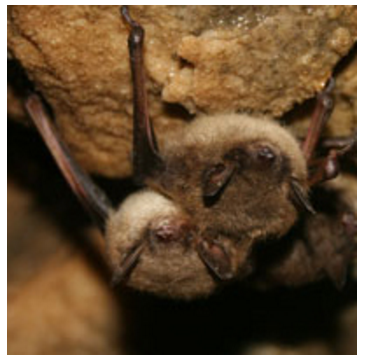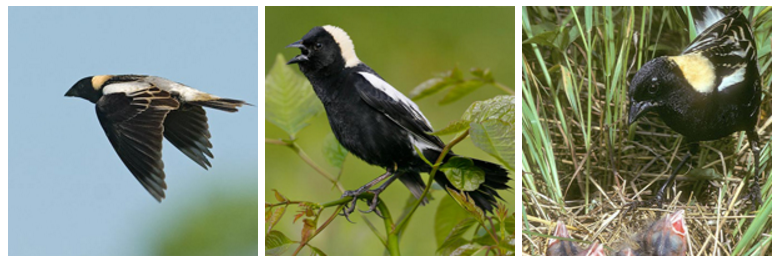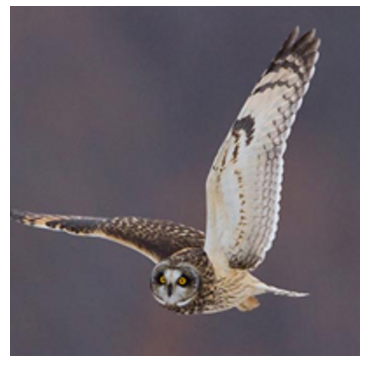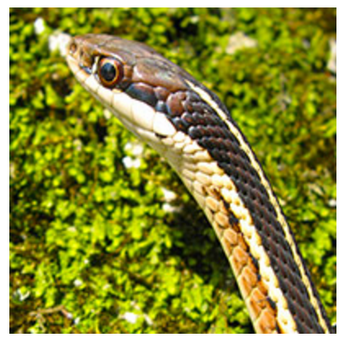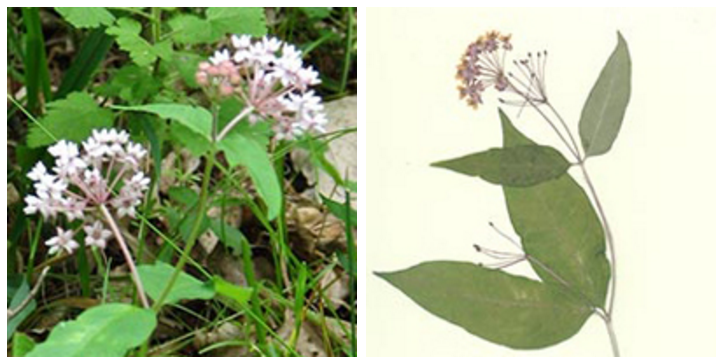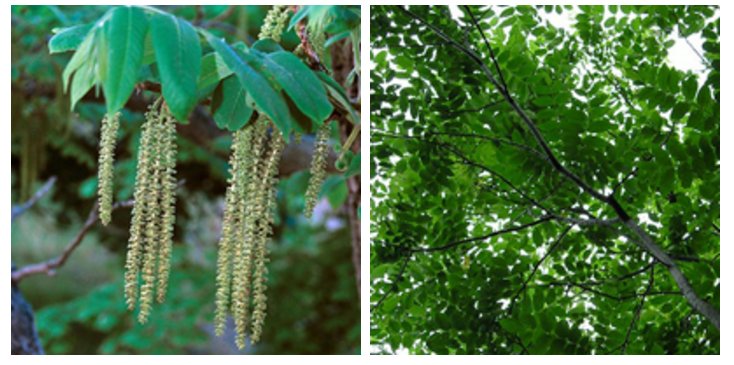List of Species at Risk
The Ontario Ministry of Natural Resources and Forestry publishes a list of Species at Risk in Ontario (SARO) in accordance with Ontario Regulation 230/08. The official list includes endangered, threatened, special concern and extirpated animals and plants in Ontario. Visit Species at Risk in Ontario.
The Canadian Ministry of Environment and Climate Change publishes a list of species at risk in accordance with the Species at Risk Act (SARA). The official list of wildlife species at risk includes extirpated, endangered, threatened and species of special concern. For updates, information and documents pertaining to species at risk in Canada, visit Species at Risk Public Registry.
The Canadian Ministry of Environment and Climate Change publishes a list of species at risk in accordance with the Species at Risk Act (SARA). The official list of wildlife species at risk includes extirpated, endangered, threatened and species of special concern. For updates, information and documents pertaining to species at risk in Canada, visit Species at Risk Public Registry.
Local Species at Risk
The following species could live close to you. Follow the links for information on species and to learn how to recognize them. If you see one or more of the species, please take pictures and report your observations to the ministry using an online form. Scroll to the bottom of this screen for instructions on how to report your observations.
Rusty-Patched Bumble Bee
Little Brown Myotis - bat
Scientific name: Myotis lucifugus
Status: endangered
Little brown bats are threatened by the white nose syndrome.
Information on the little brown bat and its habitat
Information on the Federal Protection of the little brown myotis
Watch a video from Parks Canada: Bats and White Nose Syndrome
Status: endangered
Little brown bats are threatened by the white nose syndrome.
Information on the little brown bat and its habitat
Information on the Federal Protection of the little brown myotis
Watch a video from Parks Canada: Bats and White Nose Syndrome
Tri-Colored Bat / Eastern Pipistrelle

Scientific name: Perimyotis subflavus
Status: endangered
Information on the tri-colored bat and its habitat
Read an article from Canadian Parks and Wilderness Society
Bobolink
Scientific name: Dolichonyx oryzivorus
Status: threatened
Information on the bobolink and its habitat
Hear the bobolink singing and watch a video
Status: threatened
Information on the bobolink and its habitat
Hear the bobolink singing and watch a video
Eastern Meadowlark
Scientific name: Sturnella magna
Status: threatened
Information on the eastern meadowlark
Hear the birdsong
Status: threatened
Information on the eastern meadowlark
Hear the birdsong
Barn Swallow
Scientific name: Hirundo rustica
Status: threatened
Information on the barn swallow and its habitat
Hear the birdsong
Status: threatened
Information on the barn swallow and its habitat
Hear the birdsong
Bank Swallow |
Eastern Whip-Poor-Will |
|
Scientific name: Riparia riparia
Status: threatened Information on the bank swallow and its habitat Hear the bank swallow songbird |
Scientific name: Antrostomus vociferus
Status: threatened Information on this nocturnal bird Hear the songbird |
Short-Eared Owl
Scientific name: Asio flammeus
Status: special concern
Information on the short-eared owl: Ontario Species at Risk or Canadian Species at Risk Public Registry
Hear the songbird
Status: special concern
Information on the short-eared owl: Ontario Species at Risk or Canadian Species at Risk Public Registry
Hear the songbird
Snapping Turtle
Scientific name: Chelydra serpentina
Status: special concern
Information on the snapping turtle and its habitat
Watch a video and learn to identify the snapping turtle
Status: special concern
Information on the snapping turtle and its habitat
Watch a video and learn to identify the snapping turtle
Blanding's Turtle
Scientific name: Emydoidea blandingii
Status: threatened
Information on the blanding's turtle and its habitat
Watch a video and learn to identify the blanding's turtle
Status: threatened
Information on the blanding's turtle and its habitat
Watch a video and learn to identify the blanding's turtle
Western Chorus FrogScientific name: Pseudacris triseriata
Status: threatened Information on the western chorus frog and its habitat Watch a video and hear the sound of the frog Learn to identify frogs with Nature Watch |
Butler's Gartersnake |
Eastern Ribbonsnake |
Eastern Milksnake |
Four-leaved milkweed |
Butternut |
Report Species at Risk Sightings
Fellow citizens, please be on the lookout for species at risk!! Follow these instructions to report sightings to the Ministry of Natural Resources and Forestry.
- Take a picture. Make sure that the GPS settings are turned ON on your camera/cell phone. The GPS coordinates will be useful to indicate the location from where the picture was taken. If you're not sure if the GPS is turned on, check out the Privacy settings on your phone.
- Gather the following information before you start to fill out the form. Answer to the best of your knowledge and leave the fields blank if you do not know the answer.
- Common name and scientific name of the specie
- Day, month and year of the sighting
- Name and telephone number of the person who has seen the specie
- GPS coordinates of where you have seen the specie (according to your camera/cell phone)
- Name of county and municipality where the sighting took place
- Address, road number and indications to get where the observation took place (for example, if it was in a field, a forest, riverbank, etc.)
- How many individual animals/birds/plants have you seen? Male, female and approximate age (adult, juvenile, etc.- if you know)
- Description of the habitat or the location
- Report as many sightings as you can using the Rare Species Reporting Form.



